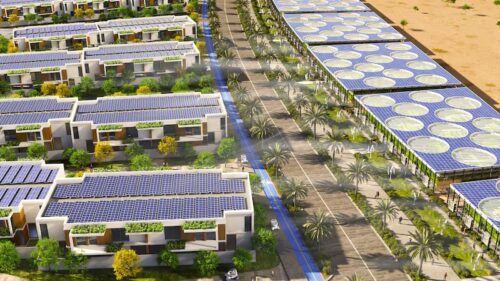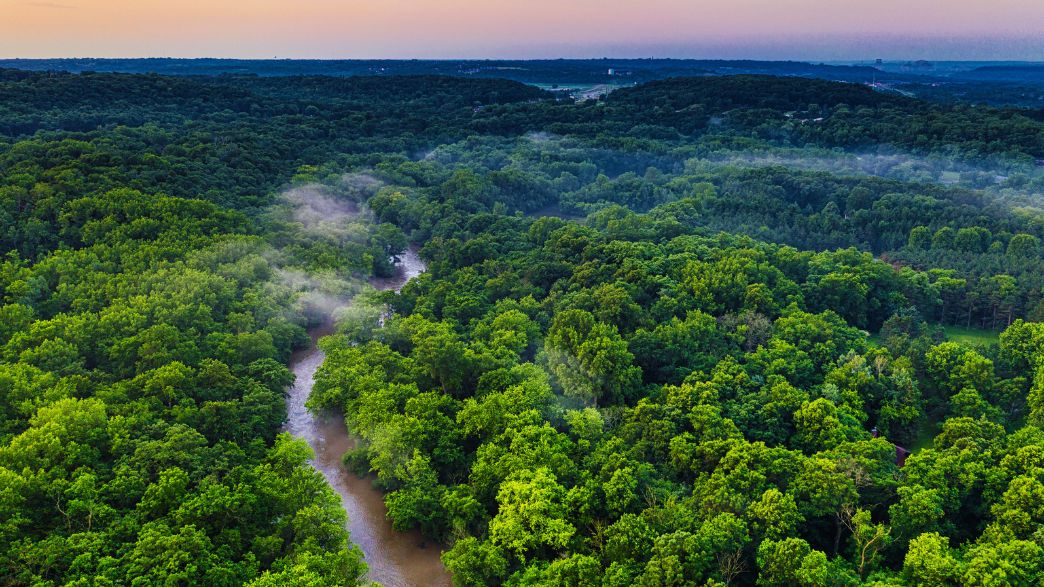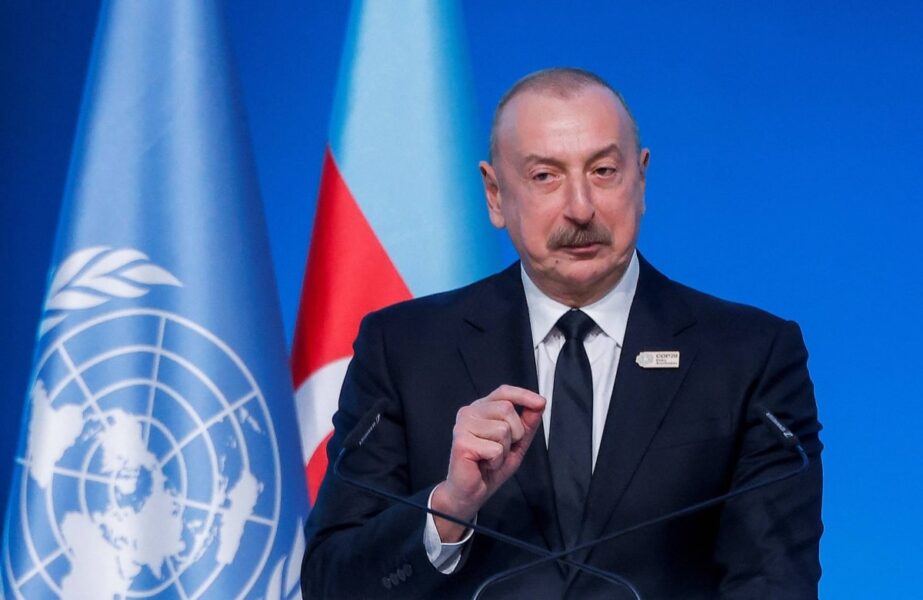A new wave of sustainable urban design is taking shape in the UAE, and the developer behind Dubai’s original Sustainable City has announced plans for a more ambitious, AI-integrated successor: The Sustainable City 2.0.
Under the plan, drones will take to the skies, while residents receive health updates and personal training from AI bots and self-driving vehicles navigate the streets.
This is the vision of Faris Saeed, chairman of SEE Holding, who wants to create a city that thinks for you. It aims to embed artificial intelligence into every layer of urban life – from infrastructure to food production, education, security, and even personal health.
In an exclusive interview with The National, he revealed details of the project that promises a revolution of the built environment.

Cities reimagined by AI
The first Sustainable City, launched in 2016, was an early attempt to reimagine low-carbon urban living in the Gulf. Its car-free streets, solar-powered homes, and emphasis on community resilience drew international attention. More than a decade later, Mr Saeed is dreaming bigger with a new model that goes beyond smart city sensors and green architecture.
In Sustainable City 2.0, AI will help detect water leaks in seconds and optimise energy use in real time. This system, he said, will reduce the time to 20 minutes – compared with up to two months that it takes to locate and fix a leak in the current Sustainable City.
“AI will be integrated within infrastructure so we will be able to detect any leakage of water, any problems in electricity, drainage, all the infrastructure issues will be detected. This will save us a lot of energy and money,” he said.
Mr Saeed added that Sustainable City 2.0 will use AI to manage and optimise air-conditioning units so that energy consumption is kept at a minimum, making the city’s homes cleaner and greener. The city will also be powered by alternative energy sources including rooftop solar panels, micro wind turbines and more, seen as key features in every property. “AI is going to manage all the renewable energy within the city so we have a mix of three to four different types of electricity,” Mr Saeed said. “AI can decide when solar works, when biogas works, and when wind works.”
Waste generated in the city will not be taken to landfills, but will be repurposed, recycled and converted into energy. All of the city’s vehicles will be electric, including shared e-bikes, electric vehicles, and self-driving shuttles available 24 hours a day.
What Mr Saeed describes is a city that sounds as if it was lifted from the pages of a science fiction novel. Flying taxis, gym machines that act as personal AI trainers, and fully autonomous deliveries – all no longer conceptual elements.

Where will The Sustainable City 2.0 be located?
The ground hasn’t been broken yet on the new city, but it is expected to be almost in operation in two years. Mr Saeed could not reveal its planned location but he did confirm that it would be in Dubai.
The new city is expected to be three times the size of the first project in Dubai, and house 20,000 people. While much of the concept is tech-focused, Mr Saeed’s vision remains rooted in nature as he speaks often of serenity and children playing in car-free lanes.
While it is early days for pricing, Mr Saeed said the development will not be priced at a premium and will be in line with market rates. He also said that local listings could begin as early as next year.
What does the future hold beyond 2.0? For now, the next chapter is unwritten, but Mr Saeed says he has already started dreaming of The Sustainable City 3.0.
Source: https://www.thenationalnews.com/news/uae/2025/04/13/dubai-sustainable-city-20/



